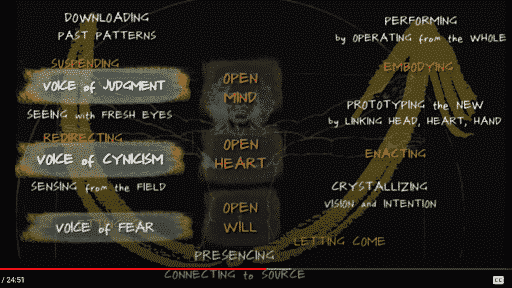4 Basic skills of Emotional Intelligence (E.I.) for teachers and children

4 Basic skills of Emotional Intelligence (E.I.) for teachers and children
“In the long run, EiQ (emotional intelligence quotient) trumps IQ (cognitive intelligence quotient). Without being a source of energy for others, very little can be accomplished.” These are the words of Satya Nadella, CEO of Microsoft, about leadership, addressing students at a Talent India summit.
Children are like wet cement. Whatever falls on them makes an impression,” said Haim Ginott, the famous educator. It is often said that a teacher’s task of leading the children in the classrooms, and empowering them, is most important. While developing their own EI, for most effective education, they also become role models of an emotionally intelligent person. If then they develop EI in children, they have contributed immensely to the child’s lifelong success.
It is imperative to train and educate the teachers in emotional intelligence so that they can bring out the best in the children. Training and educating the teachers in EI means that they know what it is like to be emotionally intelligent and how they can be mindful in dealing with their students.
Emotionally intelligent teachers, in turn, will create emotional intelligence in children. There are four basic aspects of emotional intelligence (EI):
Total Presence of Mind
1. Meditation practices, or daily watching the mind in solitude:
- Following a daily discipline of watching the involuntary mental movements – preconceptions, delusions, concepts, meaningless words, or memories. They disconnect us from reality and to know them, we become connected and mindful.
- It can be done in relation to any activity – by aiming to be totally focused on the activity and then simultaneously being aware of the various disconnectors polluting the mind.
- Auditory meditation: Total presence of Mind: listening to all sounds for some time, and also knowing what is going on in the mind.
- Three into three meditation: look at any item about which you will likely have no preconception or emotion. Example, a chair or flower vase or a wall or plate or cup. Look at that item and then consciously breathe in and breathe out three times. Do this for three items. While doing this 3X3 brief meditational activity try to pay full attention to this activity but without any effort. Do it many times a day.
2. Self-knowledge for peaceful behaviors: Understanding one’s habits of reacting to other people and situations, frees the leader or class teacher to be patient with the most difficult of students. They then can teach children also to understand themselves and relate to others peacefully. It allows us to not to react to other people’s behavior and not be impulsive, in a stressful or chaotic classroom situation.
3. Empathy: Have open-minded and open-hearted dialogue with students and understand them empathically.
- Open-hearted dialogue is defined as openly questioning your own preconceptions and reflecting on them. Sometimes it could be that a student who doesn’t open his book in class is facing some hard times at his home or in the family and therefore doesn’t pay much attention to his learning. An emotionally intelligent/empathic teacher will be able to help the student to become normal.
- Open-mindedness is the action of a person who is ready to consider any new fact and if it questions your existing knowledge then ready to change the understanding of the issue.
- Empathy is developed mong children through the listening activity/exercise recommended by Carl Rogers: it is the practice of the listener first repeating the words of the other person accurately in meaning before saying one’s own thing.
- Open-willed interaction is to listen to the distress of the other person without any preconception.
4. Social and cultural skills of leadership: The combination of the above three aspects generate the ability to lead, that is, becoming a source of energy to children in the classroom. And when the above three are taught to children, they also become emotionally intelligent and develop the capacity of leadership for work success in life.
A young mind like that of a child is very impressionable and often a teacher plays an important role in influencing them. Therefore the classroom leader, that is the teacher, has to be very emotionally intelligent in dealing with this vulnerable section of our society- the children. They then can teach EI to children also. EI helps the teachers, who are classroom leaders, to face stressful situations in which their actions can impact their own and students’ learning and well-being. Also, it helps them deal with the new challenges that come with problematic students, special learners, or students who lack motivation. We live in a society where values education and dealing with students’ problems in a more understanding way are important. Emotionally intelligent teachers have more influence than we can imagine.
Emotional Intelligence development in teachers and students transforms the school or organization, or group of people where children will work when adults. EI improves relationships in all aspects of life, including families.




Leave a Reply
You must be logged in to post a comment.